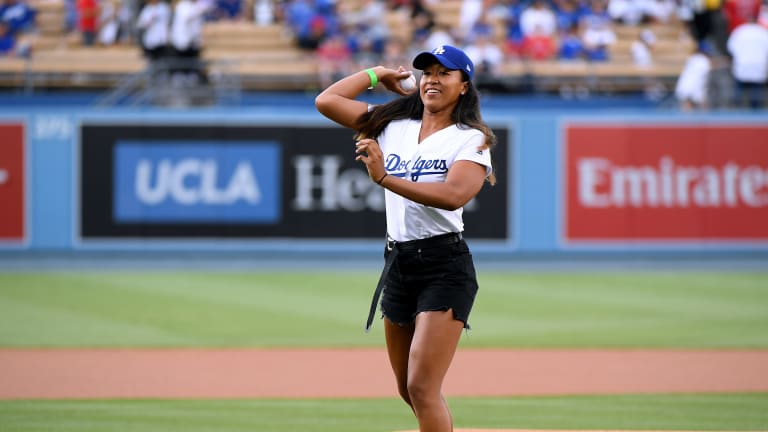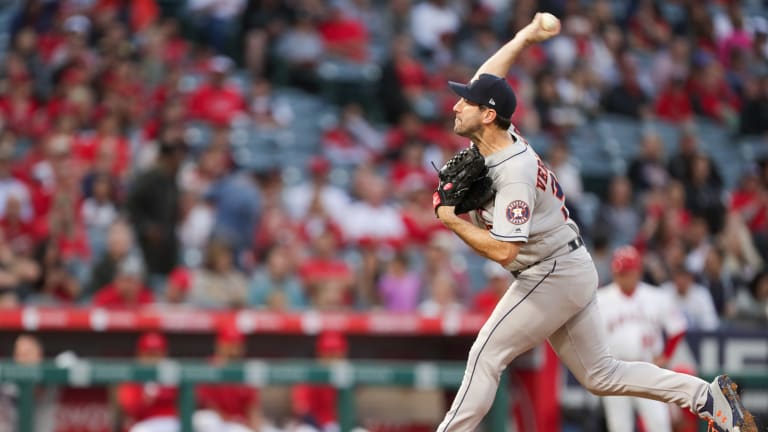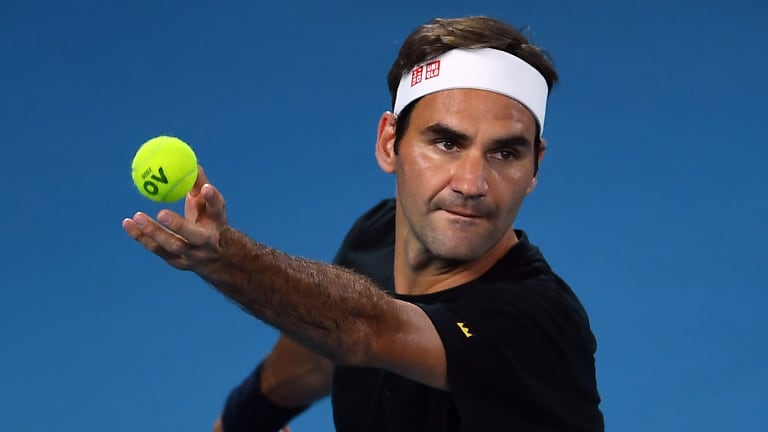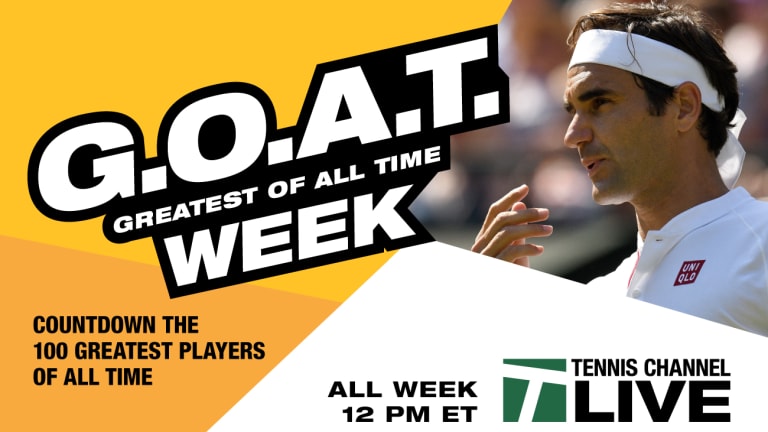The toss connection—hit or pitch: How baseball is similar to tennis
By Mar 26, 2020Lifestyle
Roger Federer’s Wimbledon-winning racquet sells for more than $100,000 in tennis auction
By Feb 10, 2025Pop Culture
Roger Federer explains tennis scoring, On logo to Elmo in Super Bowl ad
By Feb 10, 2025Lifestyle
Roger Federer’s Wimbledon winning racquet currently up for auction
By Jan 28, 2025Australian Open
Henry Bernet, Australian Open junior champion, takes inspiration from fellow countrymen Roger Federer and Stan Wawrinka
By Jan 25, 2025Style Points
The best tennis fashion moments of 2024: Federer & Nadal for Louis Vuitton, Kostyuk's viral Wimbledon dress and more
By Dec 14, 2024Style Points
The year of Tenniscore: How the 'Challengers' effect transformed tennis fashion in 2024
By Dec 09, 2024Facts & Stats
Most wins in 2024: Jannik Sinner joins exclusive list with sparkling 73-6 record this year
By Dec 04, 2024Nadal's farewell
'Your old friend is always cheering for you': Roger Federer pens letter to retiring Rafael Nadal
By Nov 19, 2024Nadal's farewell
22 Rafael Nadal quotes that sum up his fighting spirit and unique sense of humor
By Nov 18, 2024The toss connection—hit or pitch: How baseball is similar to tennis
If not for the coronavirus pandemic, today would have been Major League Baseball's Opening Day. Earlier this week, both sports' Olympic events were postponed until 2021.
Published Mar 26, 2020
Advertising

The toss connection—hit or pitch: How baseball is similar to tennis
© Getty Images
Advertising

The toss connection—hit or pitch: How baseball is similar to tennis
© Getty Images
Advertising

The toss connection—hit or pitch: How baseball is similar to tennis
© AFP via Getty Images
Advertising

The toss connection—hit or pitch: How baseball is similar to tennis